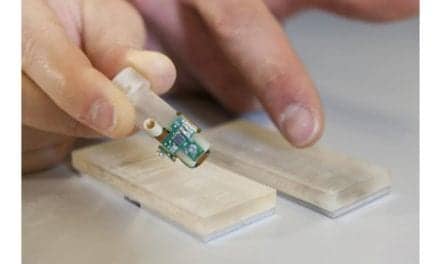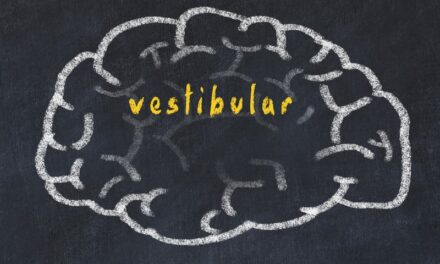How do mothers with physical disabilities care for their young children? Researchers describe their adaptive strategies in a study published recently in Health and Social Care.
In the study, funded by the National Institute on Disability, Independent Living, and Rehabilitation Research (NIDILRR), researchers at the National Research Center for Parents with Disabilities examined data from interviews with 25 mothers with physical disabilities who shared their health needs and experiences before, during, and after pregnancy.
The participants had at least one child under the age of 10, and they reported having a physical disability that affected their ability to walk, their use of their hands or arms, or both. The participants were asked about their experiences when their children were infants and toddlers, and what adaptations, modifications, or supports they used to help them care for their young children, according to a media release from the National Rehabilitation Information Center.
Five major types of adaptations were used, according to the researchers. These were:
- Acquiring or modifying babycare equipment: The participants described needing to ensure that equipment such as cribs, baby slings, and changing tables were accessible to them. The participants used a combination of buying standard equipment, buying specially designed equipment, and modifying standard equipment themselves so that it was accessible. For example, some of the participants described lowering the height of a changing table or modifying or purchasing a specially-designed crib that allowed them to lift the baby in and out while seated in their wheelchair.
- Adapting the home environment: The participants described making changes to their home environment so that they could navigate the home and reach needed babycare items more easily. For example, some participants described placing babycare items in each room in order to minimize travel around the home while carrying the baby.
- Accessing information and supports: The participants stated that they often searched for information on the Internet and sought support from other parents with and without disabilities, especially other mothers with similar disabilities. Some of the participants described peer support from other parents with similar disabilities as being very helpful to brainstorm tips and tricks for overcoming specific challenges, while others were disappointed at difficulties in finding other parents with disabilities. Some of the participants also described difficulty feeling accepted in mainstream parenting groups.
- Developing communication strategies to facilitate safety: The participants described teaching their young children safety rules such as staying in their mother’s line of sight, or holding their hands when walking, and staying engaged in conversation with them to monitor their safety. These strategies ensured that the mothers would not have to chase after their children to keep them safe.
- Receiving assistance from others: The participants described utilizing assistance from others with physical tasks. For some families, the other parent provided help with physical caregiving. Other participants described hiring personal assistants to aid them with physical tasks. However, some of the participants found that they were not allowed to use government-funded personal assistance services for childcare tasks, and they either paid out-of-pocket for these services, or used the personal care assistants only for household tasks like housecleaning and laundry.
Mothers with physical disabilities may utilize a variety of strategies to effectively care for their children, from adaptive equipment to assistance from a co-parent or attendant, the researchers note, in the release.
The authors also note that peer support communities (both online and in-person) may be a vital resource for mothers with disabilities to share information with one another.
Finally, healthcare providers and social workers may benefit from receiving more training regarding the successful adaptations used by mothers with disabilities, as well as ways to support women with physical disabilities as they prepare for motherhood, they conclude.
[Source: National Rehabilitation Information Center]




